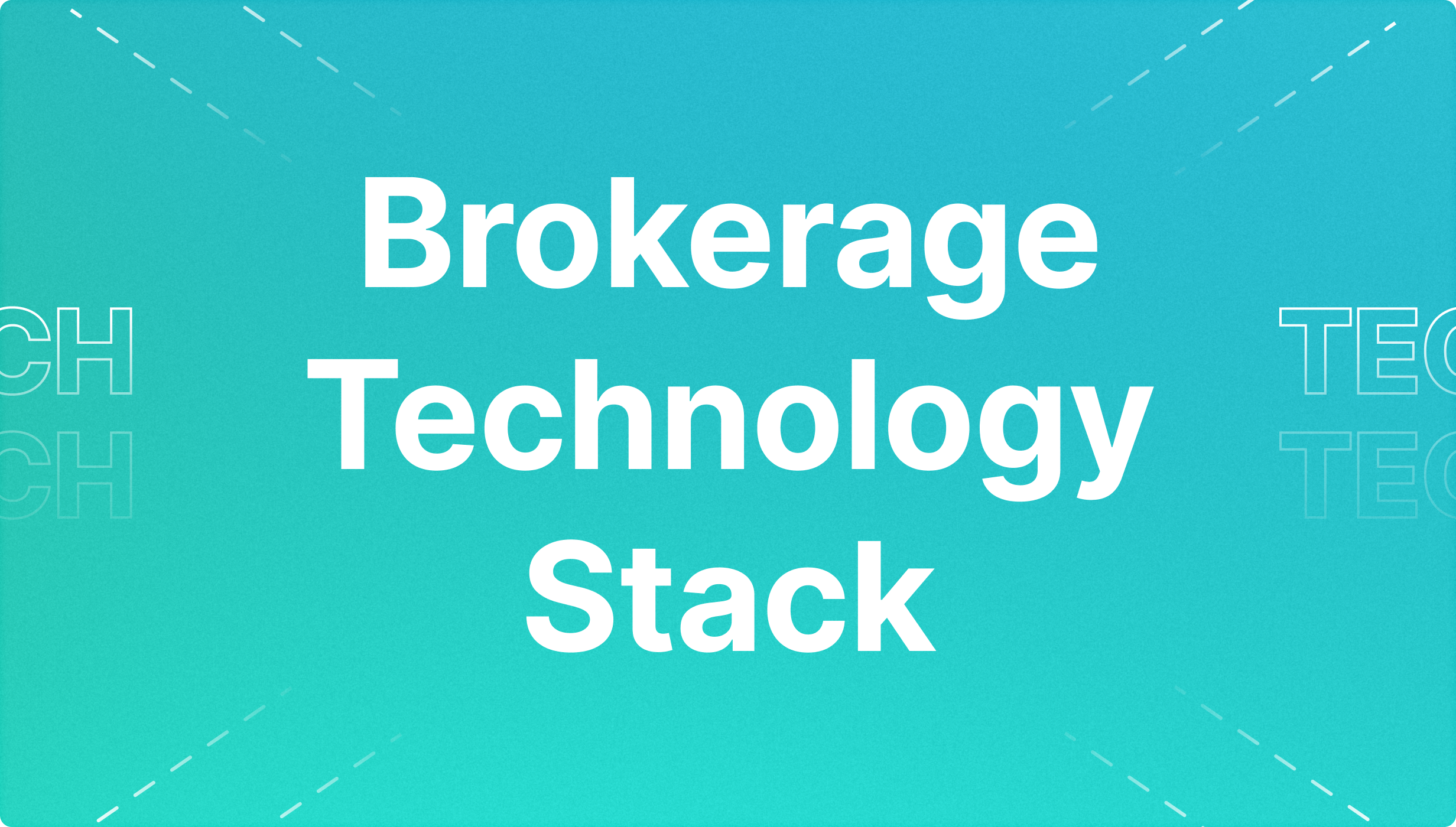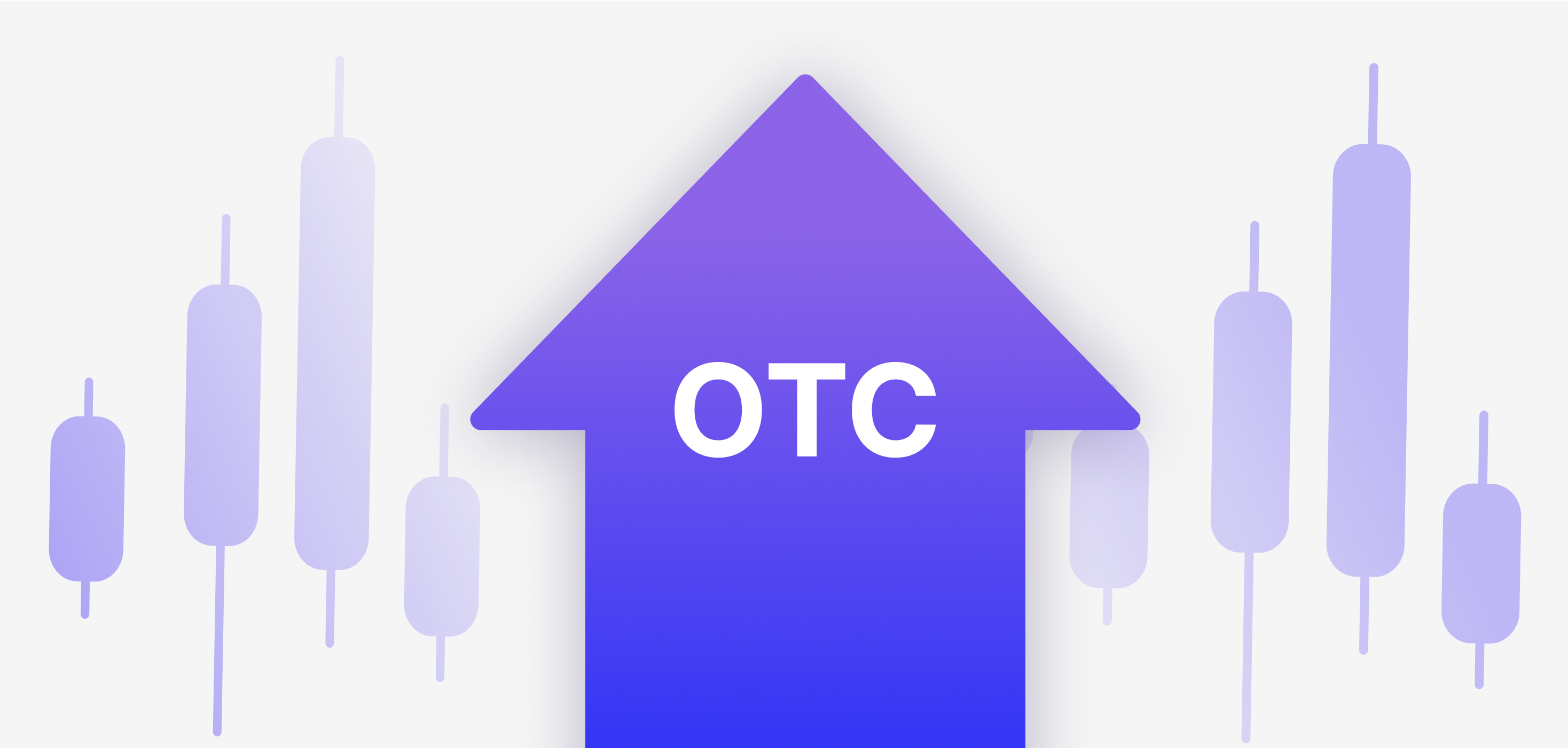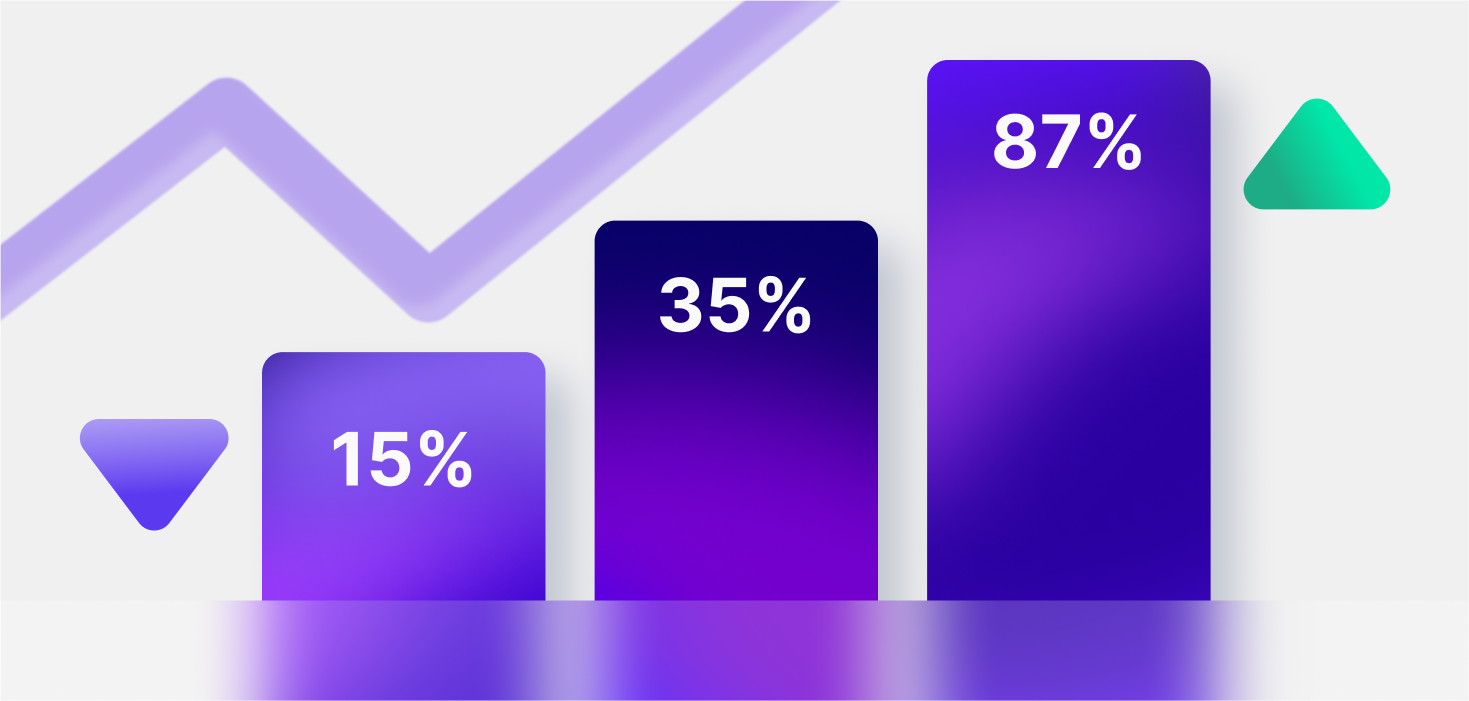How Do Liquidity Pools Work in Crypto?
Articles


This article discusses the definition of a liquidity pool, its upsides and downsides, how to join a liquidity pool, and the most popular liquidity pools to date.
What are liquidity pools?
First of all, cryptocurrency and financial markets both depend on liquidity. It takes substantial time to convert an asset into cash if there is not enough liquidity on the market. High liquidity means that the process of turning assets into cash while preventing sudden price changes is quick and effective.
Liquidity pools play a prominent role in creating a decentralized finance (DeFi) system, which is gaining more and more popularity in the crypto sphere.
To get a better understanding of how such a system works in the real world, let’s take a look at the following example. Suppose you are waiting in the queue to order something at the store. Liquidity, in this case, is comparable to having lots of employees who are there to serve you. That would speed up orders and transactions, making customers happy. On the other hand, in the case of an illiquid market, we can compare it to having just one worker available and plenty of customers. Obviously, this situation would lead to slower orders and inefficient work, which eventually leads to client dissatisfaction.
Also, in conventional finance, the buyers and sellers of an asset provide liquidity. DeFi, on the other hand, significantly depends on liquidity pools. A decentralized exchange, or DEX, won’t survive without liquidity. Therefore, DEXs must always be connected to a liquidity pool.
A liquidity pool is a digital supply of cryptocurrency that is secured by a smart contract. As a result, liquidity is produced, allowing for quicker transactions.
An important component of liquidity pools is automated market makers (AMMs). In DEXs, assets are priced based on an algorithm instead of through an order book like in traditional exchanges. Simply put, AMM is an automated protocol that prices assets.

A liquidity pool helps to maintain liquidity on a network by rewarding users who contribute assets to the pool. These users receive liquid pool tokens as a reward, which are a portion of the fees from trades that occur within the pool. There are various uses for these tokens on a DeFi network, such as exchanges or other smart contracts. Common DeFi exchanges that use these tokens on the Ethereum network (ERC-2) are Uniswap and SushiSwap, while PancakeSwap uses BEP-20 tokens on the BNB Chain.
How does a liquidity pool work in practice?
A typical liquidity pool encourages and compensates its members for depositing digital assets in the pool. Rewards may take the form of cryptocurrency or a portion of the trading commissions paid by the exchanges where they pool their assets.

Let’s illustrate it with an example, where a specific trader utilizing SushiSwap invests 1000 dollars in a BTC-USDC pair.
First, you need to visit a specific website. In this case, it will be Sushiswap. Find the liquidity pool for BTC and USDC. Add BTC and USDC to the BTC-USDC liquidity pool in a 50/50 split, which in our case will be 500 dollars in each asset, meaning you will receive your coins according to the current exchange rate. After the agreed-upon amount of time, you’ll be given the SUSHI token you committed to keeping secure. It can be for a set period of time, like a week or several months.
Pros of liquidity pools
Liquidity pools offer the following benefits to their users:
The main benefit is that you won’t have to worry about finding a trading partner who shares your interest in cryptocurrency, as all exchanges in the liquidity pool happen automatically using smart contracts.
If you have ever attempted trading cryptocurrencies, you have probably encountered people who want to sell their holdings for ridiculously high prices or buy them for low sums. To succeed, you’ll need excellent bargaining skills and a strong sense of moral character. However, not everyone possesses these. The good news is that liquidity pools modify the worth of cryptocurrencies in accordance with the market exchange rate.
Users on crypto exchanges do not acquire assets through trading. They obtain assets from a liquidity pool that has already been funded. These are produced from exchange rates. Hence the process is circular.
It is vital to note that there is very little market impact. Thanks to liquidity pools, there are no longer vendors asking for twice the market price or buyers willing to pay below-average discounts. Therefore, transactions go much more smoothly. Since the liquidity pool is a collection of assets secured by a smart contract, their values are constantly updated in accordance with exchange rates.
Cons of liquidity pools
Although liquidity pools clearly provide numerous advantages and top-quality applications, they also carry significant drawbacks.
Here are some risks related to the liquidity pool:
Risks related to smart contracts
Ignoring dangers associated with smart contracts could result in significant losses. A liquidity pool acquires your assets once you contribute them. The contract itself may serve as the custodian even though no middlemen manage your funds. As a result, you could permanently lose your money if there is a systemic mistake, like a flash loan.
Risk of Temporary Loss
When you deliver an AMM liquidity, there is a potential that you could experience a quick loss. Compared to “hodling,” this kind of loss results in a monetary loss. It can fluctuate between small and large volumes. Make sure to complete thorough research before investing in double-sided liquidity pools.
Risks of Access
Watch out for projects where designers can modify the rules of the pool the way they want. An executive code or other special access to the smart contract code may be available to developers. This might give them the opportunity to cause harm, such as seizing the pool’s money.
How to join a liquidity pool?
The procedure for accessing liquidity pools usually works differently on every platform. Some of them are user-friendly and interactive to make the experience as simple as possible, whereas others are more sophisticated and require additional knowledge.
Now, when you want to participate in a crypto liquidity pool, you must first register an account on the platform of your choice and link the appropriate cryptocurrency wallet to a platform that supports smart contracts. You need to decide on the cryptocurrency pair and liquidity pool you want to put your crypto asset into.
Then, you need to confirm that you have the appropriate amount for the two assets you intend to deposit. In order to receive your tokens, you must deposit the two assets.
Most popular liquidity pools
Now, let’s take a look at the three most used crypto liquidity pools as of 2022, together with a description of their key characteristics.
Uniswap – Given its high trading volume, Uniswap consistently ranks among the top solutions in lists of all liquidity pools available. The decentralized ERC-20 token exchange supports matching ERC-20 token contracts in a 1:1 ratio with Ethereum contracts. Decentralization of exchange involving Ethereum and any other ERC-20 token type is also enabled. The fact that Uniswap runs an open-source exchange gives it an edge over its competitors. Any person can use the open-source exchange to build new crypto liquidity pools for any token without paying any fees.
Its minimal trading fee is another feature that sets Uniswap apart as one of the best liquidity pools. Liquidity providers get a share of the exchange fees as compensation for joining the liquidity pool. You only need to deposit crypto assets in return for UNI tokens to give liquidity to the network.
Curve Finance – Your pursuit of the finest liquidity pools will also lead you to renowned options like Curve. It essentially functions as a decentralized liquidity pool built on Ethereum’s principles, offering advantageous trading conditions for stablecoins. Curve Finance’s value benefits become apparent with the guarantee of less slippage because of a non-volatile stablecoin.
However, Curve is uncommon because it does not yet have a native token, though one may be coming soon. Because of this, it offers to exchange for several pools of stablecoins and crypto assets, such as Compound, BUSD, and others. There are seven separate pools on the platform, each with a unique ERC-20 pool pair.
Kyber Network – Kyber has ranked among the best liquidity pools, thanks in large part to its improved user interface. DApps can provide liquidity thanks to the on-chain Ethereum-based liquidity mechanism. Businesses could, therefore, quickly assist consumers with paying, exchanging, or receiving various tokens in a single transaction.
The Kyber Network native coin, KNC, is fundamental to its liquidity pool. KNC token is a critical component of the control of the Kyber ecosystem as well as rewards provided by the Kyber network. As a result, consumers can stake their KNC tokens to participate in ecosystem governance and earn rewards in accordance with the terms of smart contracts.
Forecast for the future
Since liquidity pools operate in an intense industry where investors continually look for increased returns elsewhere, offering attractive liquidity can be challenging.
A blockchain analytics tool called Nansen discovered that 42% of yield farmers who contribute liquidity to a pool on launch day leave the pool within a day. On the third day, 70% of them disappear.
For example, OlympusDAO has tested “protocol-owned liquidity” to address this issue, called “mercenary capital.” The protocol allows vendors to exchange their cryptocurrency into its treasury in exchange for its discounted protocol token, OHM, rather than establishing a liquidity pool.
However, the model has encountered a similar issue: individuals who simply want to cash out the token and move on to other alternatives, eroding faith in the protocol’s stability.
There won’t be much change for crypto liquidity pools unless DeFi addresses the transactional aspect of liquidity.
Conclusion
Liquidity pools are a crucial technology in the modern DeFi. They make it possible for decentralized lending, trading, and other functions. Almost every aspect of DeFi is presently powered by smart contracts, and this trend is likely to continue in the future. As a result, liquidity pools are a great way to use cryptocurrencies for passive income. To better comprehend the technology and its advantages, you can begin learning DeFi.
If you want to learn more about cryptocurrencies, you should consider taking some lessons. You may even decide to sign up for some blockchain certification programs if you want to become a professional in the cryptocurrency industry.
The rise of crypto liquidity pools offers promising prospects for the broad expansion of crypto and DeFi. In cryptocurrency transactions, liquidity pools eliminate the need to wait for marching orders. The ability to design the finest liquidity pools per specific requirements is also ensured by using smart contracts in liquidity pools. Liquidity pools can attract extra people to the crypto and DeFi industry while resolving concerns about the liquidity of the cryptocurrency market. Furthermore, new traders and liquidity providers can use liquidity pools to address confidence issues in cryptocurrency trading.











